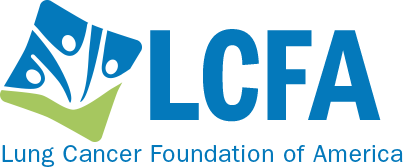March 8, 2024
Women’s Lung Cancer Needs ‘Embarrassingly Unaddressed’
Women’s lung cancer is often diagnosed late and treated less aggressively than men’s lung cancer, despite being the leading cause of cancer death among women.
Pharmacy Practice News

